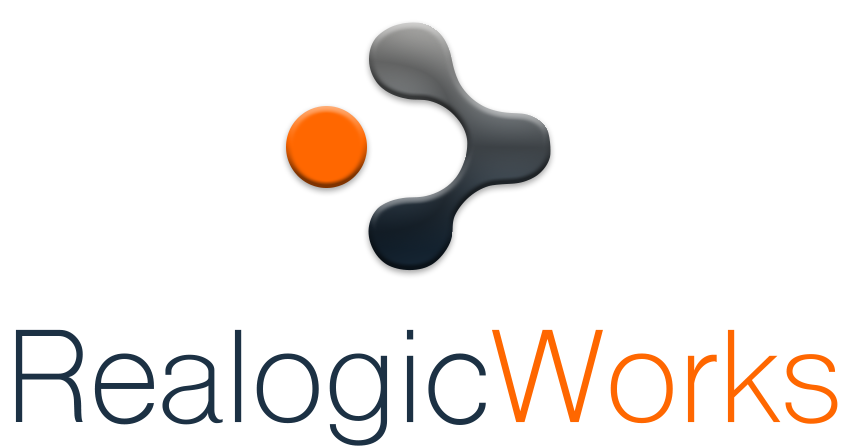Leveraging Data to Improve Business Performance
Data is becoming one of the most valuable assets in businesses seeking a competitive advantage. There is an abundance of data to be used and it should inform and guide business decisions. However, the key to using it effectively is leveraging it properly to fit your business needs.
Organizations can use data to provide insights into market trends, customer behaviors, and business performance, allowing them to optimize operations, improve efficiency, and reduce cost. Although data is abundant and may be easy to access, a business must properly analyze it and define clear goals on what they want their data to achieve.
As mentioned, the key to using data effectively is leveraging it properly, turning it into insights. There are three ways to do this:
Use Quality Data: Data should not only be high quality, but organized and easy to understand.
Assign Data Users: Knowing who in an organization will be using the data will ensure goals are realistic and attainable. C-level execs may only be interested in the big picture while managers and other users could have a more specific focus.
Integrate Data Workflows: To ensure data insights will be used, they must be integrated into daily workflows. Adding insights to an existing system can help streamline different processes and ensure data is used by those who can access it.
Remember, data is not a one-size-fits-all solution, and every business has different needs for it. However, collecting and analyzing it can have major, positive impacts on business growth and success.


